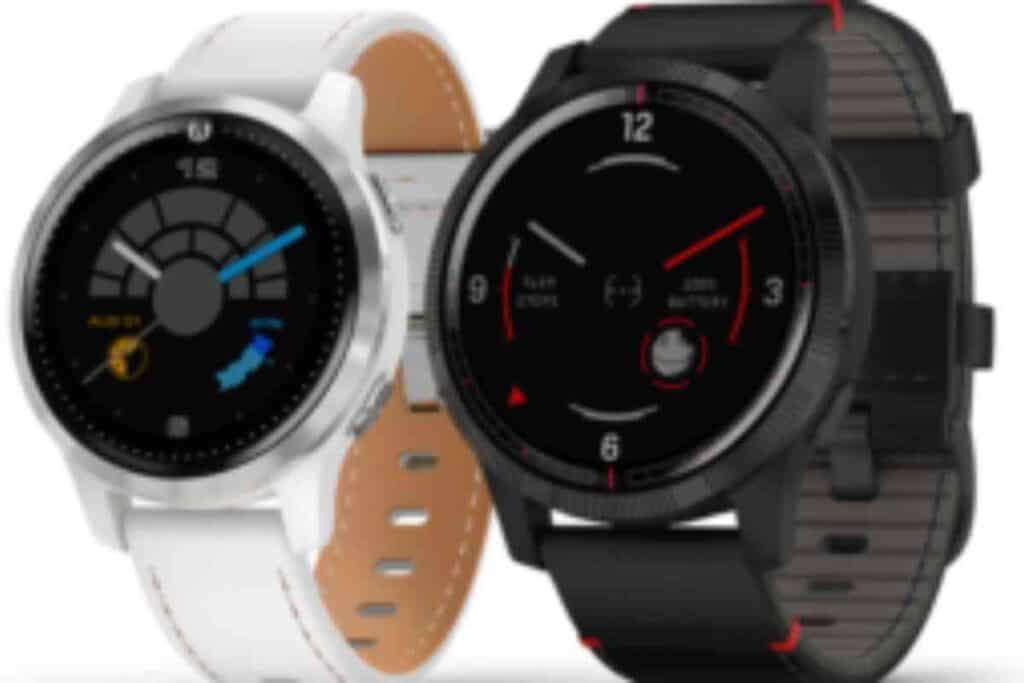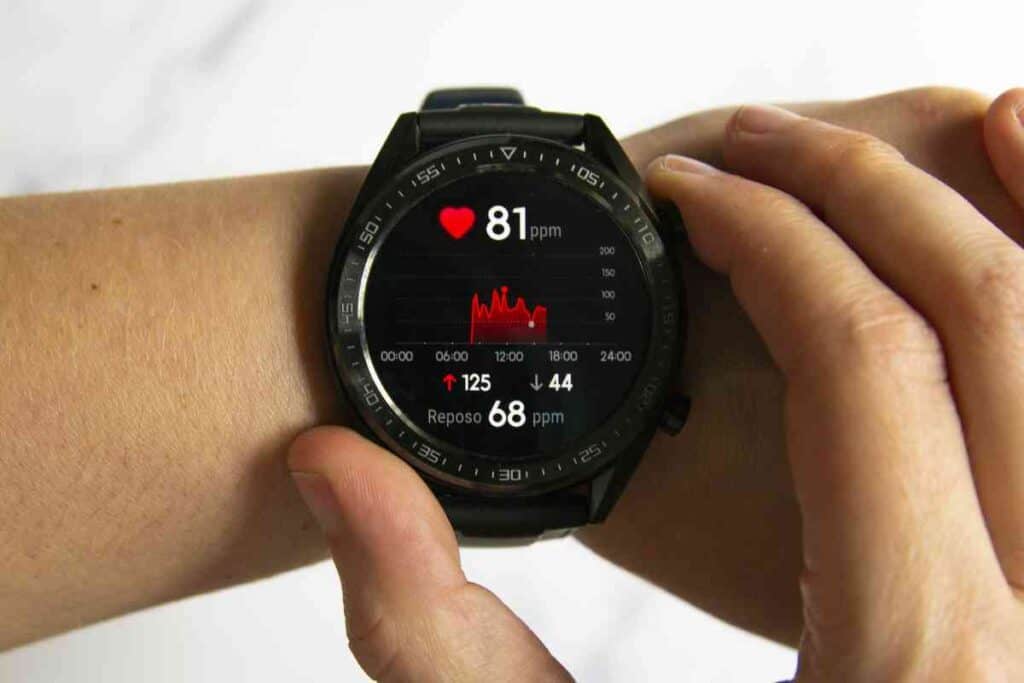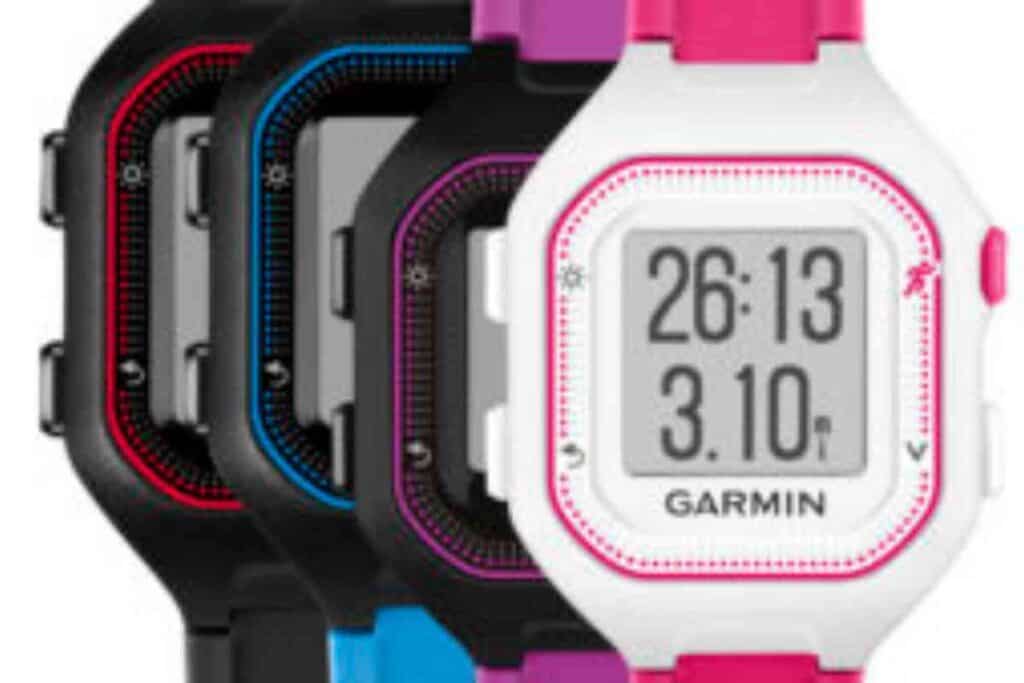How To Change Heart Rate Zones On The Garmin Connect
The Garmin watches are excellent fitness trackers that most fitness enthusiasts love. Here’s how to change heart rate zones on your Garmin Connect.

How do you change heart rate zones on a Garmin Connect?
To change the heart rate zones on your Garmin Connect, access the settings followed by your user profile. Then, access the heart rate zones. Lastly, select any of the three available options. This will help you set the right heart rate zone based on your fitness level.
As fitness enthusiasts, we were looking for ways to change the heart rate zones on our Garmin Connect watches. Luckily, the process is easy and self-explanatory. In the following paragraphs, we will teach you how to change the heart rate zones on your Garmin Connect.
Changing Heart Rate Zones on Garmin Connect
You can change your heart rate zones based on maximum heart rate, age, or resting heart rate. To get to “Heart Rate Zones,” go to Select Settings > User Profile > Heart Rate Zones.
Select Based On, and select an option. If you select Maximum Heart Rate, enter your maximum heart rate. If you’re unsure of your maximum heart rate, you can use the 220 minus age formula.
If you select Age, enter your age.
If you select Resting Heart Rate, enter your average resting heart rate. This is the heart rate you see when you first wake up in the morning.
You can find your average resting heart rate by taking your heart rate after you’ve been sitting or lying down for at least 5 minutes. Choose the number of Zone under Number of Zones, and press Enter to save changes.
When changing heart rate zones, here are three options to choose from.

Beats Per Minute (BPM)
Beats per minute (BPM) is a unit of measurement that denotes the number of times your heart beats in a minute.
This metric is often used to gauge the intensity of physical activity, as well as to monitor heart health. For instance, when you are exercising, you may see a BPM reading on a heart rate monitor or fitness tracker.
This can help you to determine whether you are working within your target heart rate zone. Similarly, your doctor may check your resting BPM as part of a routine physical exam.
A normal resting BPM range is 60-100 beats per minute. However, this number can vary depending on factors such as age, medications, and underlying health conditions. Therefore, it is important to discuss any concerns with your doctor.
Percentage of Maximum Heart Rate
Percentage of maximum heart rate (%Max. HR) is the second option when you change your heart rate zone on Garmin Connect. Your maximum heart rate is 220 minus your age.
For example, if you’re 30 years old, your maximum heart rate would be 190 beats per minute (220-30=190).
To find your %Max. HR, divide your current heart rate by your maximum heart rate, then multiply by 100. So, if you’re running and your heart rate is 140 beats per minute, your %Max. HR would be 73% (140/190=0.73 * 100=73).
Remember that when you’re exercising at a certain %Max. HR, you’re only capable of sustaining that effort for a certain amount of time.
The higher the %Max. HR, the shorter the duration you can maintain that effort. Therefore, it’s important to choose the right %Max. HR when creating or following a workout plan.

Heart Rate Reserve Percentage
When changing your heart rate zone on Garmin Connect, the third option available is %HRR, or heart rate reserve.
This heart rate metric is a measure of how much your heart can beat above resting before reaching maximum capacity.
To calculate it, simply subtract your resting heart rate from your maximum heart rate. For example, if your resting heart rate is 60 BPM and your maximum heart rate is 200 BPM, then your HRR would be 140 BPM.
You can use this number to help you find the right training intensity for your workouts. For instance, if you want to train at a moderate intensity, you would aim for a heart rate that is 50-60% of your HRR.
Therefore, in the example above, a moderate-intensity workout would have a target heart rate of 70-84 BPM. Keep in mind that everyone is different, so it’s important to experiment to find what works best for you.
Garmin’s Heart Rate Zones
First Zone
The first heart rate zone, also called the aerobic zone, is the easiest of the five heart rate zones. It’s perfect for walking, and you should feel like you’re working at an easy pace.
Your heart rate will be between 60 and 70 percent of your maximum heart rate, which is the highest number of beats per minute that your heart can sustain.
In this zone, you’re working at a low enough level to carry on a conversation without getting out of breath.
If you can’t talk, you’re probably working too hard. You should be able to sustain this heart rate for 30 minutes or more. By working in this zone, you’ll improve your cardiovascular fitness and increase your endurance.
Second Zone
Garmin’s second heart rate zone is perfect for easy, slow jogging. This zone is between 70-80% of your maximum heart rate, and it’s an amazing way to get some low-intensity cardio without putting unnecessary strain on your body.
This zone is also a good place to start if you’re new to running or coming back from an injury. Keeping your heart rate in this second zone can help reduce your risk of injury while still getting a good workout.
And, because the second zone is relatively low-intensity, it’s also a great way to warm up before moving into higher-intensity zones.
So, if you’re looking for an easy and enjoyable way to get some cardio exercise, be sure to give Garmin’s second zone a try.

Third Zone
Garmin’s third heart rate zone is designed for tempo-pace workouts when you’re trying to get quicker. It sits at 80-90% of your maximum heart rate and is a great way to push yourself without going all out.
This zone is perfect for interval training, as it will help you to increase your speed and endurance. When you’re working in this zone, you should be able to talk, but you won’t be able to sing.
If you can’t hold a conversation, you’re probably working too hard! Remember to warm up before entering this zone and cool down afterward. With regular training in this zone, you’ll see a real improvement in your speed and fitness levels.
Fourth Zone
According to Garmin, the fourth heart rate zone is for “very high-intensity training” and falls between 90-100% of your maximum heart rate. This fourth zone is also sometimes called the red zone, as it is the highest level of intensity.
When working out in this fourth zone, you should expect to be breathing hard and feeling like you are working at a fast pace or close to your max effort.
Garmin notes that you should only stay in this fourth zone for short periods of time, as it is not sustainable for a long workout.
However, interval training in this fourth zone can be beneficial for short bursts of speed or power. If you are looking to push yourself and get the most out of your workout, then the fourth heart rate zone is where you will find it.
Fifth Zone
If you’re looking to take your racing to the next level, you’ll need to train in heart rate Zone 5. This is the highest intensity zone and is typically around 100-110% of your race pace.
Training in this zone is extremely hard and should only be done for short periods of time. However, it’s essential for building speed and stamina.
By training at this intensity, you’ll be better prepared to handle the demands of a race. And when the going gets tough, you’ll have the confidence knowing that you’ve already pushed yourself to your limits in training.
So if you’re ready to take your racing to the next level, make sure to include some heart rate Zone 5 training in your program.
Key Takeaways
- Your resting heart rate is a good starting point for determining your heart rate zones.
- If you’re just starting out with exercise, you’ll likely want to keep your heart rate in the lower zones.
- Each heart rate zone corresponds to a certain intensity level. For instance, Zone 1 is considered light activity, while Zone 4 is considered very hard activity.
- If you have any health concerns, such as high blood pressure or heart problems, be sure to talk to your doctor before changing your zones.
- Ultimately, the best way to find out what works for you is to experiment with different heart rate zones and see how your body responds.
